Teaching Beyond the Main Idea: Nonfiction Reading and Critical Reading (Part III)
Welcome to Part Three of a three-part blog post series on nonfiction reading and the important reading work of determining point of view, exploring author’s intent and engaging in critical reading. If you missed Part One or Two on nonfiction reading & determining point of view and author's intent, check out the link here and here!Breaking news headlines come to us constantly nowadays. We hear of headlines while browsing Twitter, Facebook or the Internet. Texts and emails fly in rapidly when major events happen. But still, in this fast-paced climate of immediate information, I love to sit down and watch the evening news with Brian Williams. (Before him, it was Peter Jennings, RIP) The predictable schedule of the nightly program paired with a familiar (and personable) news anchor puts me at great comfort and ease. So much so that I find myself regularly talking back to the stories of the day - adding my two cents here and there, asking rhetorical questions, adding in the occasional Well, that's ridiculous... or good for them!My relationship with the nonfiction stories of the day is conversational and reactionary - really, it's transactional - a conversation between myself and the news. This reading relationship, where reading is a transaction, can be traced back to the work of researcher, writer and professor Louise Rosenblatt. Rosenblatt famously posited that reading is a conversation between text and reader. She argued that it would be nearly impossible to separate a reader's identify from the experience of reading and making meaning of a text. In Literature as Exploration (1938), she wrote:
“There is no such thing as a generic reader or a generic literary work; there are only the potential millions of individual readers or the potential millions of individual literary works. A novel or a poem or a play remains merely inkspots on paper until a reader transforms them into a set of meaningful symbols”
Case in point: me yelling at the nightly news. My identity, experiences and history shapes how I see the world around me. It affects the meaning I make when reading nonfiction texts. This transaction allows me to become a critical reader - one who reads actively, not passively. One who reads with a curious eye and investigative stance. So when I hear a news report of my hometown debating whether or not to frack for natural gas (my hometown looks like this and this and this), I bring an entire history with me as I read that text. And that critical reading leads me to make meaning, comprehend and think deeply about the text and topic.There are many frameworks for critical reading. A favorite is one from Stephanie Jones' book, Girls, Social Class, and Literacy. Jones uses a critical reading framework of perspective, position and power. This framework assumes all texts are entrenched with perspective, all texts position readers, and all texts yield power. As readers, we get the opportunity to explore the perspective of texts (and our own), the position the text places us and others (as insiders or outsiders), and the power the text creates (who's story is written and who's voice is omitted).When studying nonfiction reading and critical reading last summer, the teachers and I used this Perspective, Position & Power framework to generate teaching tools to help guide students toward this work. Here are some of our favorite strategies, language prompts and instructional charts that helped set students on a journey of critical nonfiction reading.Strategies for Critical ReadingHere are some starter strategies to use when exploring critical nonfiction reading:
- Readers think carefully about the intended audience of the piece of writing. We can ask, “Who is this text written for? Who will most likely read this text? Who is the audience?” Then, we think of talk about how this audience may have influenced the writing.
- Readers think or talk about how a text makes them feel. Does it make you feel like an insider or outsider? In other words, do you feel like you have the inside-scoop on this topic or do you feel outside of the topic? This work helps us build connections with the text.
- Readers keep track of the voices heard in the text and the voices not heard in the text. Listen for the sides you hear – this can help you understand which side has more power in a text.
- Readers read closely to notice information authors assume you already know about a topic. We can stop and consider whether there is missing information we may need in order to understand the message the author is intending to convey.
- Readers notice how a text is trying to ‘position them.' That is, "what is this text trying to get me to think? Do I agree with that?"
Language Prompts for Critical ReadingHere are some language prompts to use when exploring critical nonfiction reading:
- This text is most likely written for... I can tell because...
- This text makes me feel _____ because...
- I hear _____ the most in this text because…
- I hear _____ the least in this text because...........
- In listening to the voices presented in this text, I hear language supporting the position ____. This makes me think...
- The topic of the text is _____ and as I am reading, I'm hearing _____.
- I am mostly reading this text as an insider. This helps me understand _____.
- I am mostly reading this text as an outsider. This helps me understand _____.
- The reason I feel like an insider/outsider when reading this text is because...
- After reading the text, I am most interested in hearing _____'s side of the issue because...
A Possible Teaching Chart that Supports Critical Nonfiction Reading Critically reading nonfiction invites students to read nonfiction actively. Inviting students to explore the intersection of their lives and history with nonfiction texts sparks a fresh way of nonfiction reading for many. The above teaching tools intend to create nonfiction reading experiences that feel more like a conversation and less like a one-sided lecture.Here is a link to a handout that supports this nonfiction reading blog post series for you to use or share with colleagues. Happy (critical) nonfiction reading!-Kate & MaggieBig Idea = Nonfiction Reading Tiny Detail = Practical Strategies for the Critical Reading of Nonfiction Texts
Critically reading nonfiction invites students to read nonfiction actively. Inviting students to explore the intersection of their lives and history with nonfiction texts sparks a fresh way of nonfiction reading for many. The above teaching tools intend to create nonfiction reading experiences that feel more like a conversation and less like a one-sided lecture.Here is a link to a handout that supports this nonfiction reading blog post series for you to use or share with colleagues. Happy (critical) nonfiction reading!-Kate & MaggieBig Idea = Nonfiction Reading Tiny Detail = Practical Strategies for the Critical Reading of Nonfiction Texts

